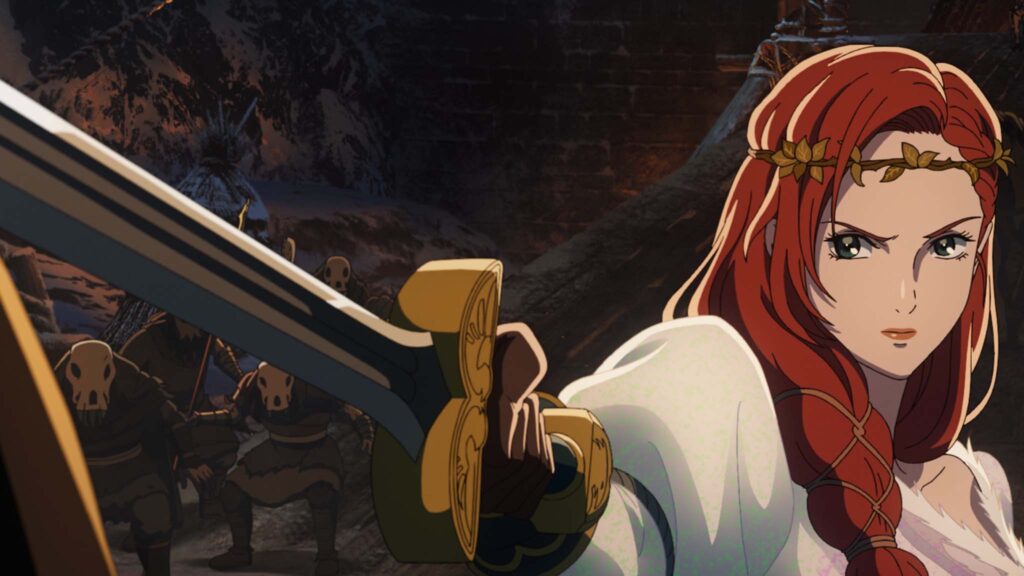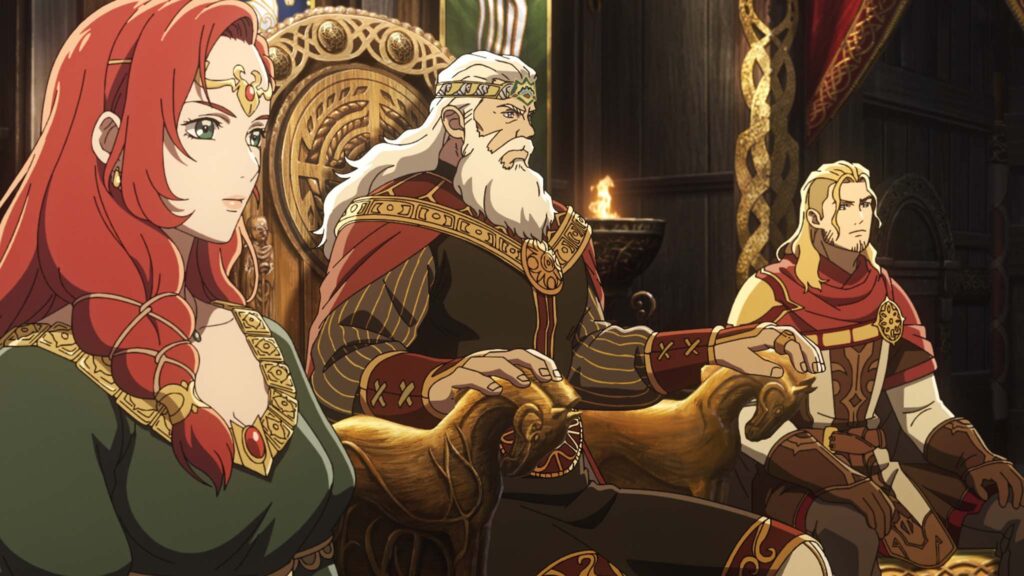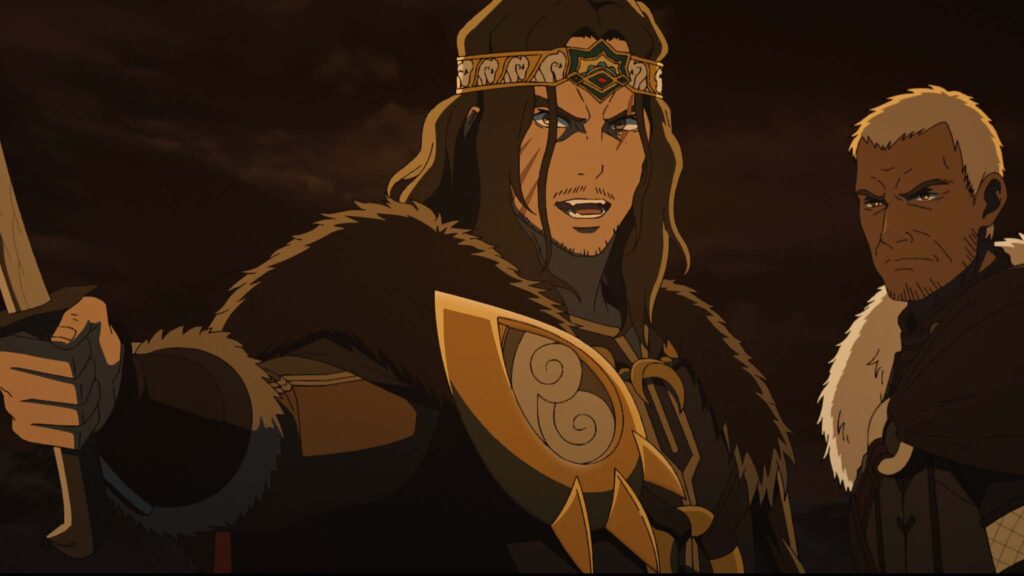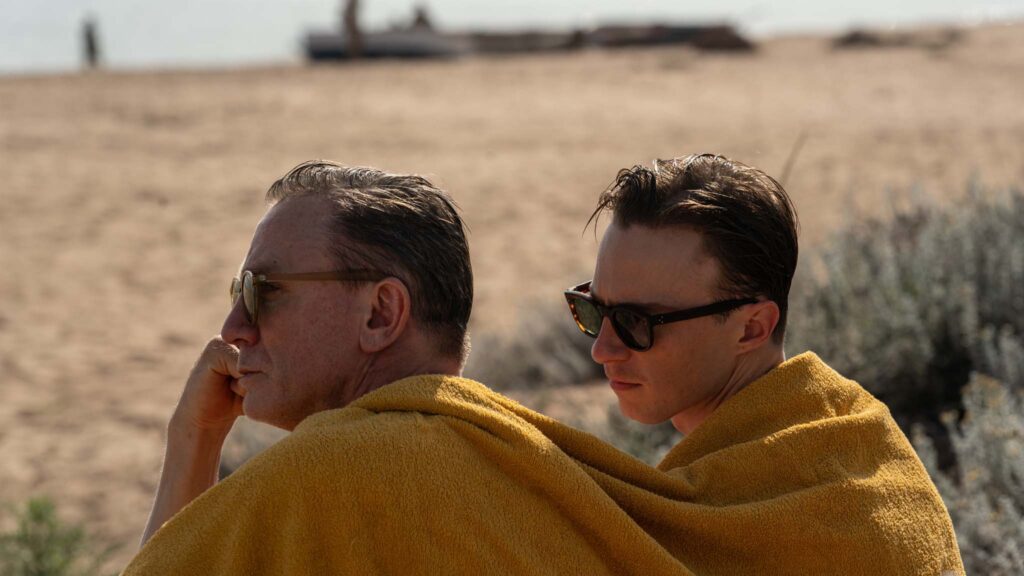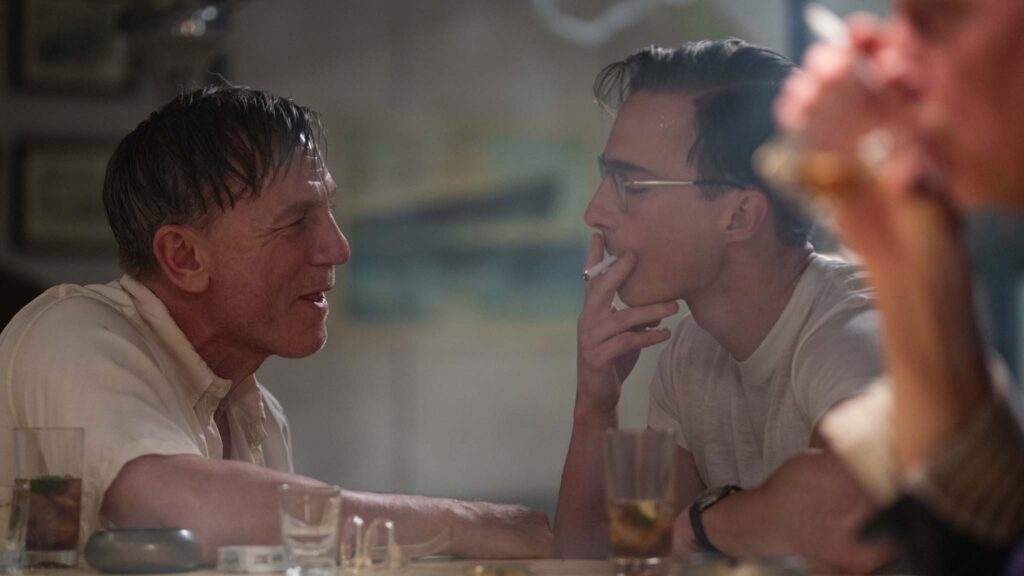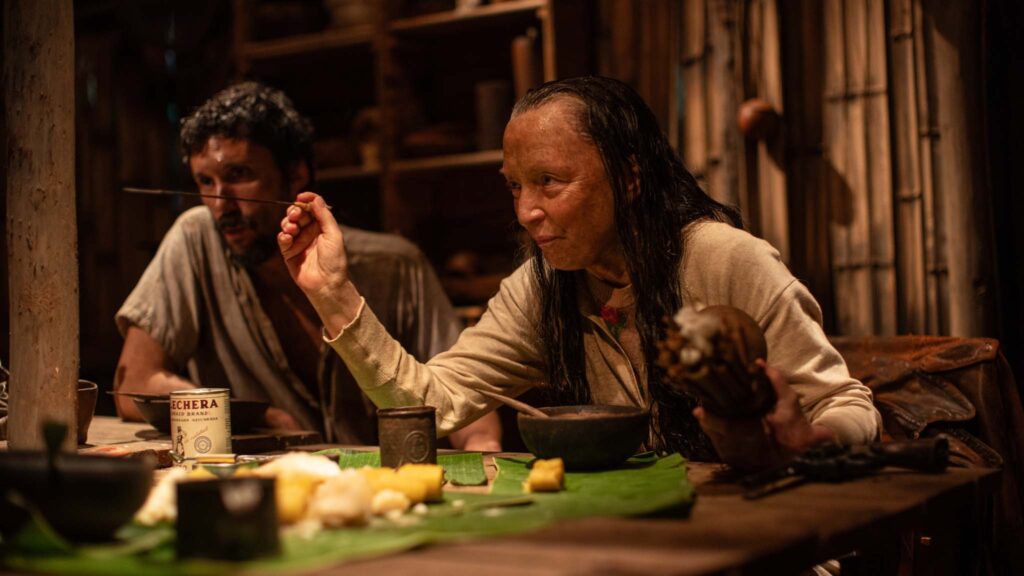Animation
The Lord Of The Rings: The War Of The Rohirrim (12A)
Review: It took director Peter Jackson a little over nine hours to navigate the treachery of Middle-earth in his Oscar-winning Lord Of The Rings trilogy, or 15 and a half hours if you waded through extended versions of the films. The New Zealand-born filmmaker and his team were rewarded with a clean sweep of 11 golden statuettes for The Return Of The King at the 2004 Academy Awards. You could playfully argue that a decent chunk of that running time was devoted to Jackson struggling to say farewell to his beloved characters in the third film.
He passes the baton to celebrated Japanese filmmaker Kenji Kamiyama for an impeccably crafted adventure set 183 years before Bilbo Baggins’ ill-fated dalliance with the One Ring, rendered in painstaking hand-drawn animation. Narrated by feisty shield-maiden Eowyn (Miranda Otto), The Lord Of The Rings: The War Of The Rohirrim expands the tangled history of the House of Eorl, briefly documented in an appendix of JRR Tolkien’s third book.
Four screenwriters lean in heavily to the operatic sweep of anime to craft an involving story of self-sacrifice, resilience and righteous fury, anchored to a strong female protagonist who baulks at the suggestion that she should marry for anything but love. The comparatively nimble 134-minute running time is justified by thrilling set pieces and courtly intrigue, building to a frostbitten showdown at a fortress in the White Mountains that fans will recognise as Helm’s Deep. A magical figure from Jackson’s tenure materialises on cue and a somewhat predictable tease at the end of Kamiyama’s muscular odyssey whets appetites for future reunions.
Helm Hammerhand (Brian Cox) sits on the throne of Rohan flanked by sons Hama (Yazdan Qafouri) and Haleth (Benjamin Wainwright) and rebellious daughter Hera (Gaia Wise). Dunlending lord Freca (Shaun Dooley) proposes a marital union between Hera and his son Wulf (Luke Pasqualino), which Helm loudly rejects. In a subsequent brawl between patriarchs, Helm unintentionally lands a fatal blow.
Wulf vows revenge and amasses an army led by General Targg (Michael Wildman). A tactically astute assault on Rohan forces Helm into retreat and survivors of the onslaught including Hera’s dutiful maid Olwyn (Lorraine Ashbourne) make their last stand in the mighty fortress of Hornburg.
The Lord Of The Rings: The War Of The Rohirrim sits comfortably within the existing Middle-earth screen canon and adds emotional depth by changing the filmmaking medium. Director Kamiyama and a small army of animators conjure exhilarating sequences including breathlessly staged battles with hulking, elephant-like Mumakil that stampede enemies or gore the opposition with large tusks. A linear plot conceals few surprises – key locations must withstand the test of time or unravel Tolkien’s sprawling mythology. Vocal performances, dominated by the bombast of Cox’s fiery-tempered monarch, rise to meet the grandeur of the visual palette.
Find The Lord Of The Rings: The War Of The Rohirrim in the cinemas
Romance
Queer (18)
Review: Growing up, I remember the word queer was weaponised against me and members of the gay community as a pejorative until activists defiantly reclaimed it as a badge of honour to celebrate the full rainbow-coloured spectrum of otherness. Today, the term proudly embraces every facet of the LGBT+ community, and Beat Generation writer William S Burroughs chose it as the one word title of his autobiographical novella eventually published in 1985, charting the sweat-soaked odyssey of an American writer in 1950s Mexico.
Bookmarked into three chapters and an elegiac epilogue, director Luca Guadagnino’s erotically charged film is a thematic travelling companion to Call Me By Your Name and Challengers, exploring obsession and fractious power dynamics within a lop-sided relationship. Screenwriter Justin Kuritzkes, who served an ace with his script for Challengers, faces a sterner test navigating Burroughs’ text. A meandering second half, distinguished by a hallucinogenic journey into the jungle with Lesley Manville’s mad medic, loses momentum.
Anachronistic needle-drops – including a soaring lament of Sinead O’Connor – add to the sense of discombobulation. Powerhouse performances from Daniel Craig and Drew Starkey as a pitiful, affection-starved loner and the “cold, slippery, hard-to-catch” object of his infatuation send temperatures soaring in a steamy opening hour that leaves little to the imagination in artfully choreographed bedroom scenes.
American ex-pat William Lee (Craig) tolerates the persistent swelter of Mexico City to enjoy anonymous hook-ups with men in seedy hotels between swigs of alcohol to complement his heroin addiction. He is a withered husk, prone to bouts of self-loathing, who regularly holds court at the Ship Ahoy bar with drinking buddy Joe Guidry (Jason Schwartzman). A handsome new arrival, Eugene Allerton (Starkey), catches William’s eye in swooning slow-motion across a crowded cockfight in the street to the strains of Nirvana’s Come As You Are.
The local gay coterie led by acid-tongued John Dume (Drew Droege) is amused by William’s awkward pursuit of the younger man but the writer has the last snigger when he strikes a mutually beneficial deal with Eugene: “Be nice to me… twice a week.” The arrangement catalyses a passionate, all-consuming affair, at least through William’s rose-tinted spectacles.
Queer smears dirt and grime over the lush romanticism of Call Me By Your Name to traverse another tortuous love story across an age divide. Guadagnino fully embraces the material and almost gets lost in the jungle with his disoriented characters. Craig will leave audiences shaken and stirred with his unselfconscious, emotionally raw portrayal of a troubled soul, who feels battered and bruised by a world that labels him perverse for nurturing that most human desire: to connect in a meaningful way to another being. Through the lens of cinematographer Sayombhu Mukdeeprom, we almost get there with him.
Find Queer in the cinemas


